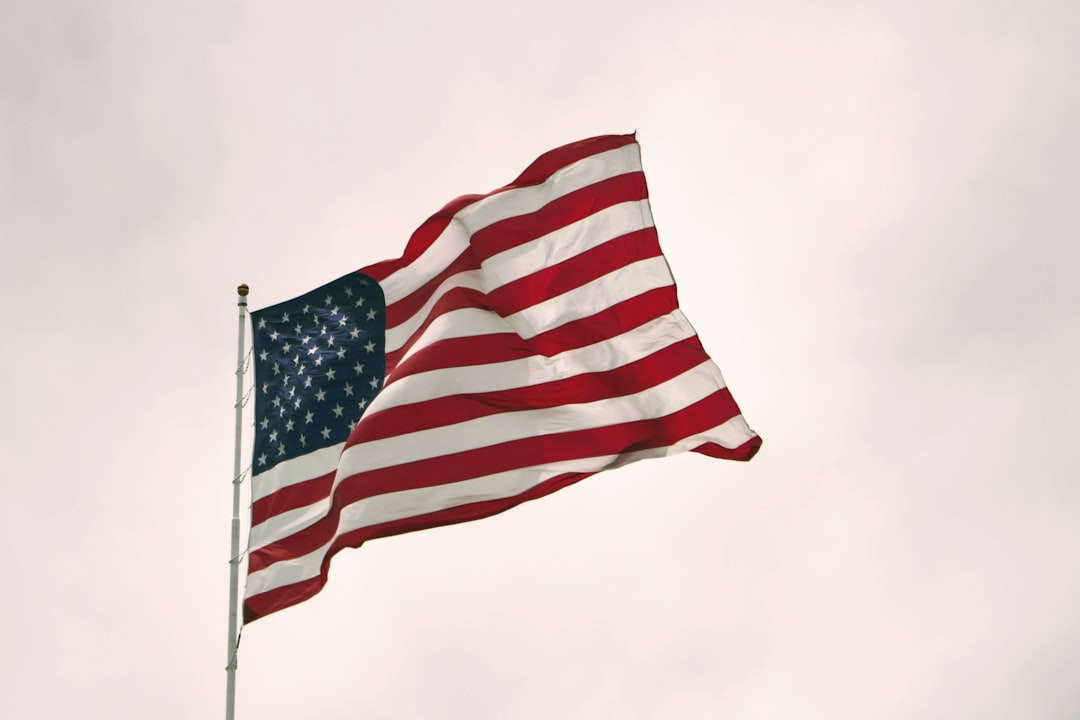All Nonfiction
- Bullying
- Books
- Academic
- Author Interviews
- Celebrity interviews
- College Articles
- College Essays
- Educator of the Year
- Heroes
- Interviews
- Memoir
- Personal Experience
- Sports
- Travel & Culture
All Opinions
- Bullying
- Current Events / Politics
- Discrimination
- Drugs / Alcohol / Smoking
- Entertainment / Celebrities
- Environment
- Love / Relationships
- Movies / Music / TV
- Pop Culture / Trends
- School / College
- Social Issues / Civics
- Spirituality / Religion
- Sports / Hobbies
All Hot Topics
- Bullying
- Community Service
- Environment
- Health
- Letters to the Editor
- Pride & Prejudice
- What Matters
- Back
Summer Guide
- Program Links
- Program Reviews
- Back
College Guide
- College Links
- College Reviews
- College Essays
- College Articles
- Back
Government intervention to mitigate the under-allocation of medical insurances in the U.S.
Due to the COVID-19 pandemic, many American employees experienced termination of employment and reduction of hours, resulting in a deprivation of their health benefits. Unemployment rate in the United States is approximately 6.2% in February, 2021 not as extraordinary as the 14.7% rate in April, 2020, but still exceeds the 3.5% rate in February, 2020 (“U.S. Unemployment Rate”). COBRA targets these people and offers them “the right to choose to continue group health benefits provided by their group health plan for limited periods of time” (Continuation of Health Coverage (COBRA) | U.S. Department of Labor). This is a case of market failure because medical insurances, increasingly important services provided the pandemic, are under-allocated to those desperately in need.
Costs associated with the case described in the article, however, are as well influential to stakeholders involved in the transaction. A private cost of the current situation lays in some of the employees’ inability to deal with a physical condition of themselves or their dependents. Providing the disturbing circumstances brought by the pandemic, there lays a greater cost for those without a health insurance because it is crucial to instantly receive proper treatments once infected. An external cost lays in the scientific fact that COVID-19 is an infectious respiratory disease that could be potentially spread to surrounding people. The number of COVID-19 carriers will constantly increase without appropriate medical policies, which furthers the external costs of the market failure. Considering the negative externalities, it could be concluded that the social benefit will be lower than the private benefit.
The United States Federal Government decided to resolve the market failure described above by legislating the American Rescue Plan Act of 2021. “From April 1, 2021, through September 30, 2021,” eligible individuals will be subsidized by their employers, who receive “payroll tax credits” and “refunds” from the government. (“COBRA Premium Subsidies Under the American Rescue Plan Act”).
It is expected that there lay several positive effects of this example of government intervention. First, the employees who receive the subsidies are benefited because they are empowered to seek medical support when suffering from a physical condition, which significantly increases their physical welfare, especially provided the pandemic. The productivity of the employees arguably increases as the period in which they recover from an illness will be significantly reduced by proper medical treatments. Second, group health plan sponsors of COBRA will see an increase in their revenue, as more clients will join the program with government subsidies (“New COVID Relief Act Provides COBRA Premium Subsidies and Increased Exclusion for Employer-Provided Dependent Care Assistance Programs”). Third, the implementation of this particular policy externally benefits the companies that provide medical products and services, especially the ones directly responsible to treatments for COVID-19, because they will be able to gain a greater amount of revenues as the demand for their goods and services increases.
Nevertheless, this particular part of the American Rescue Plan Act of 2021 is expected to be not entirely functional because of two main reasons. First, the public health care system will be overloaded by a tremendous number of patients seeking to receive treatments, which can potentially result in financial crisis of the hospitals and a lack of medical devices such as respirators. Second, only those who terminate their employment involuntarily are eligible for the subsidy. There lays a potentially issue in determining whether the termination of employment is voluntary or involuntary and thereby which individuals are eligible for the subsidies. Third, since the government essentially pays the subsidies, the government might suffer from financial issues such as deficits.
References
“COBRA Premium Subsidies Under the American Rescue Plan Act.” JD Supra, jdsupra.com/legalnews/cobra-premium-subsidies-under-the-4357054/. Accessed 16 Mar. 2021.
Continuation of Health Coverage (COBRA) | U.S. Department of Labor. dol.gov/general/topic/health-plans/cobra. Accessed 16 Mar. 2021.
“New COVID Relief Act Provides COBRA Premium Subsidies and Increased Exclusion for Employer-Provided Dependent Care Assistance Programs.” The National Law Review, natlawreview.com/article/new-covid-relief-act-provides-cobra-premium-subsidies-and-increased-exclusion. Accessed 17 Mar. 2021.
“U.S. Unemployment Rate: Adjusted, February 2021.” Statista, statista.com/statistics/273909/seasonally-adjusted-monthly-unemployment-rate-in-the-us/. Accessed 17 Mar. 2021.
Similar Articles
JOIN THE DISCUSSION
This article has 0 comments.

